Korean Hand Therapy and Its Ṭoyyibān Elements
Korean Hand Therapy (KHT) is a unique form of acupuncture and acupressure that focuses on stimulating points on the hands to treat various health conditions throughout the body. Developed by Dr. Tae Woo Yoo in the 1970s, KHT is based on the idea that the hands are a microcosm of the entire body, containing specific points that correspond to different organs and bodily systems. By applying pressure or needles to these hand points, practitioners aim to relieve pain, restore balance, and promote healing in corresponding areas of the body.
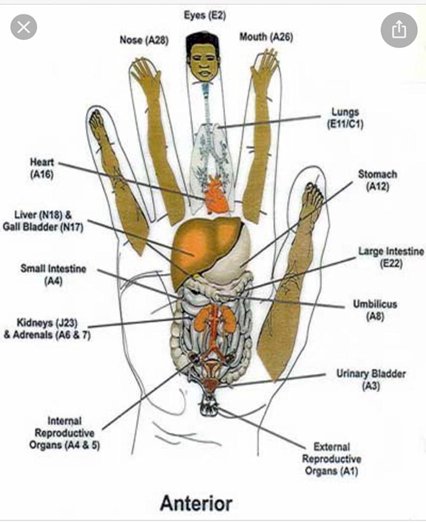
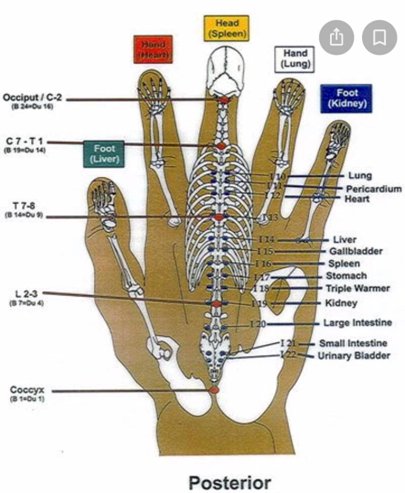
Key Principles of Korean Hand Therapy:
- Microcosm of the Body: KHT posits that every part of the body is represented on the hands, allowing practitioners to treat health issues by working solely on hand points.
- Meridian Pathways: Similar to traditional acupuncture, KHT incorporates meridians or energy pathways, which are believed to connect the hand points to the body’s internal organs and systems.
- Self-Help: KHT is user-friendly and can be practiced as a form of self-care, with individuals able to stimulate their own hand points through acupressure, massage, or the use of small tools like acupressure rings.
- Non-Invasive Techniques: Alongside needles, KHT also uses tools like magnets, seeds, and heat to stimulate points, making it accessible for those who may be hesitant about traditional acupuncture needles.
Benefits and Applications:
KHT is used to address a wide range of conditions, such as:
- Pain management (e.g., headaches, joint pain)
- Digestive disorders
- Respiratory issues
- Stress and anxiety
- General wellness and energy balancing
Korean Hand Therapy has gained international recognition for its simplicity and effectiveness, and it is often used as a complementary therapy alongside conventional treatments. It provides a holistic approach to health that emphasizes balance and the body’s natural healing capabilities, making it appealing for both professional practitioners and individuals seeking alternative healing methods.
Korean Hand Therapy (KHT) treats ailments by stimulating specific points on the hands that correspond to different areas of the body. The therapy works on the idea that the hands are a microsystem of the entire body, containing points connected to organs, muscles, joints, and other body parts. Through stimulation of these points, KHT aims to restore balance, relieve pain, and promote natural healing.
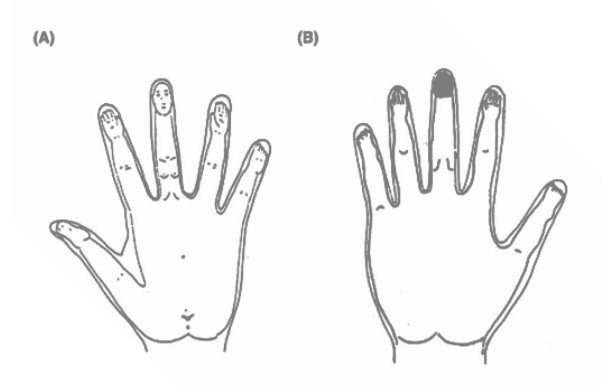
Here's how KHT typically does its treatments:
- Identifying Corresponding Points
The first step in KHT treatment is to identify the exact points on the hands that correspond to the areas of the body experiencing discomfort or imbalance. For example:
- Fingers might correspond to arms or legs.
- The center of the palm could represent the stomach or torso.
A practitioner or even a trained individual can use charts that map these points, similar to reflexology charts.
- Stimulation Techniques
KHT uses several methods to stimulate these points, including:
- Acupressure: Applying firm pressure to specific points on the hands using the fingers or a tool can help relieve pain and improve circulation.
- Acupuncture Needles: Thin, specialized needles may be inserted into hand points for deeper stimulation. These needles are usually finer than those used in traditional acupuncture, as they are only applied to the hands.
- Moxibustion: A technique that involves applying heat to the hand points using moxa (dried mugwort) to increase blood flow and energy in targeted areas.
- Magnets: Small magnets can be placed on hand points to provide ongoing stimulation. Magnets are especially useful for chronic conditions, as they can be left on the points for extended periods.
- Duration and Frequency of Treatment
The length and frequency of KHT sessions vary depending on the condition. Some issues may require only a few minutes of daily hand stimulation, while chronic or more severe conditions might benefit from multiple sessions over several weeks. Self-treatment can also be practiced at home, empowering patients to take control of their healing.
- Monitoring and Adjusting Treatment
As symptoms improve or change, the practitioner or individual may adjust the points and methods used. In KHT, observation of pain relief, reduced inflammation, and improved function indicates that treatment is effective, allowing for continued or modified applications to maintain balance.
- Focus on Holistic Balance
KHT doesn’t only target symptoms but also addresses the root cause of imbalances, aiming to restore the body’s natural energy flow. This holistic approach makes KHT suitable for a wide range of conditions, from physical ailments to emotional and mental stressors.
KHT is simple and effective, making it widely accessible for self-care and professional use alike. Its non-invasive nature, combined with its focus on natural healing, makes it popular as a complementary therapy for maintaining health and well-being.
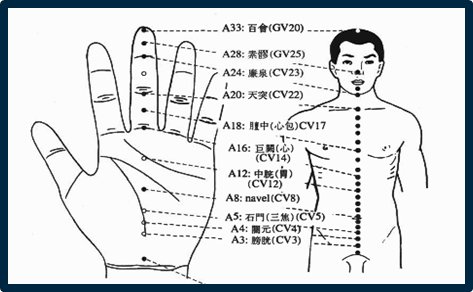
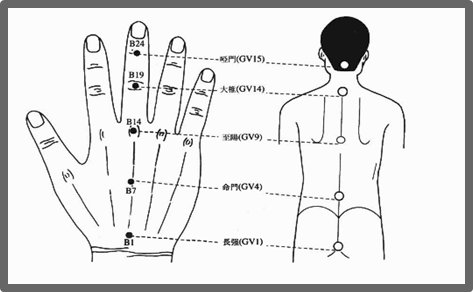
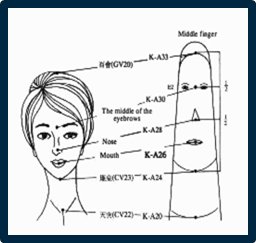
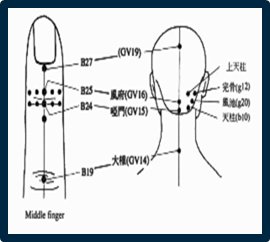
The elements of Țoyyiban in the Korean Hand Therapy (KHT)
In the context of Korean Hand Therapy (KHT), the elements of Țoyyiban (wholesomeness, purity, and goodness) align with Islamic teachings that emphasize health, balance, and ethical wellness practices. KHT, a non-invasive therapeutic approach that focuses on stimulating points on the hands to treat various ailments, embodies these principles in several ways. Here’s an elaboration with references to toyyiban elements from the Qur’an and Hadith:
- Promoting Goodness and Healing
KHT embodies Țoyyiban by promoting health and wellness in a natural and non-invasive manner. The Qur’an highlights the importance of seeking wholesome solutions for health, as found in Surah Al-Baqarah (2:172):
"O you who have believed, eat from the good things which We have provided for you and be grateful to Allah if it is [indeed] Him that you worship."
The principle of Țoyyib includes not only food but all aspects of life that contribute to human well-being. In KHT, natural healing practices that restore the body’s balance and alleviate pain align with this concept, as they aim to promote a tayyib approach to health without harmful side effects.
- Prevention of Harm (Darar)
Islam encourages practices that prevent harm, as reflected in the Hadith:
"There should be neither harming nor reciprocating harm." (Sunan Ibn Majah, Book 13, Hadith 2340).
KHT fits into this framework as it offers a safe alternative for treating pain and enhancing well-being, without invasive procedures or harmful chemicals. By focusing on restoring the body’s natural balance, KHT prevents physical harm and discomfort, providing a Țoyyib treatment method that respects the body’s integrity and Allah’s creation.
- Holistic and Wholesome Approach
KHT emphasizes holistic healing through the body’s energy and balance, aligning with the toyyiban concept of approaching wellness through pure, beneficial means. The Qur’an in Surah Al-Mulk (67:15) encourages exploration of the earth and the use of what is beneficial for life:
"It is He who made the earth tame for you – so walk among its slopes and eat of His provision – and to Him is the resurrection."
Exploring natural remedies and therapeutic techniques like KHT that harmonize with the body’s energy aligns with this verse, supporting health through wholesome methods that are inherently beneficial.
- Seeking Wholeness and Purity in Healing
The Prophet Muhammad (ﷺ) encouraged the pursuit of pure and effective remedies, saying:
"Indeed, Allah has not made your cure in what He has forbidden you." (Sunan Abu Dawood, Hadith 3874).
KHT, as a form of complementary medicine, aligns with the tayyib requirement of seeking healing in ways that are permissible and beneficial. By stimulating natural points on the hands rather than using potentially harmful substances, KHT provides a path to healing that resonates with the Islamic pursuit of pure and lawful wellness practices.
The concept of tayyiban in Korean Hand Therapy (KHT) can also be explored across physical, psychological, and spiritual dimensions, each grounded in Islamic principles that promote holistic well-being
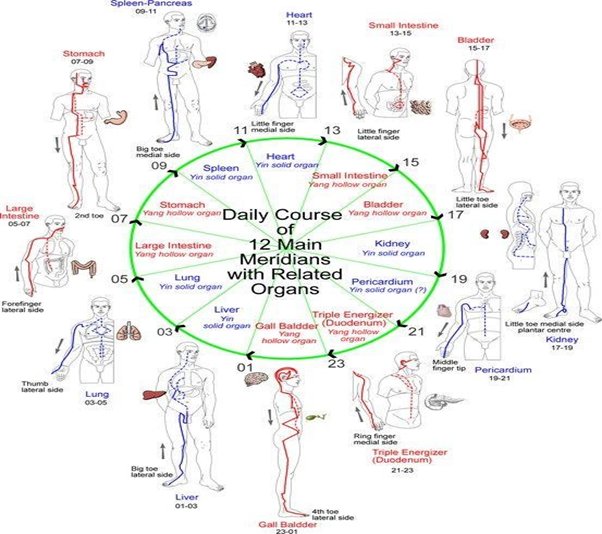
- Physical Side: Promoting Health and Alleviating Pain
The physical aspect of toyyiban in KHT is reflected in its ability to address bodily pain and ailments through natural, non-invasive means. The Qur’an emphasizes taking care of the body as a gift from Allah, as noted in Surah Al-Baqarah (2:195):
"And do not throw [yourselves] with your own hands into destruction. And do good; indeed, Allah loves the doers of good."
In KHT, stimulation of specific points on the hands promotes natural healing without relying on invasive procedures or harmful substances. This physical tayyib approach aligns with Islam’s encouragement to seek safe, beneficial treatments that honor the integrity of the body. By providing pain relief, KHT fulfills the goal of preserving life and health, a key objective in Maqasid Al-Shari’ah.
- Psychological Side: Reducing Stress and Enhancing Mental Well-being
Psychologically, Țoyyiban in KHT involves creating mental clarity and emotional balance. By alleviating physical discomfort, KHT indirectly reduces stress, as chronic pain can be a source of anxiety and mental strain. The Prophet Muhammad (ﷺ) recognized the importance of mental peace, saying:
"There is no disease that Allah has created, except that He also has created its treatment." (Sahih al-Bukhari, 5678).
The natural relaxation that results from KHT can help to relieve anxiety, improve mood, and restore a sense of balance in one’s mental state, making it a tayyib form of psychological self-care. Additionally, by easing pain and tension, KHT can help one maintain focus during prayer and other acts of worship, fulfilling the broader Islamic principle of maintaining mental well-being.
- Spiritual Side: Aligning with the Concept of Inner Purity and Balance
Spiritually, Țoyyiban in KHT connects to the Islamic concept of internal and external purity. The Prophet Muhammad (ﷺ) emphasized balance and cleanliness, as seen in the Hadith:
"Indeed, Allah is Pure and loves purity; He is Clean and loves cleanliness; He is Generous and loves generosity; He is Hospitable and loves hospitality." (Sahih Muslim, 223).
In KHT, the focus on restoring natural balance mirrors this emphasis on purity and harmony. When the body is free from pain and the mind is calm, individuals are better prepared for acts of worship, introspection, and gratitude, thus strengthening their connection with Allah. KHT, by promoting this internal equilibrium, allows Muslims to embody a tayyib lifestyle that harmonizes the physical, mental, and spiritual dimensions.
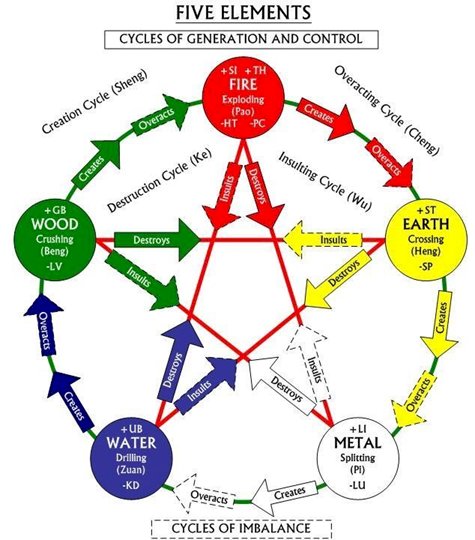
Conclusion
Korean Hand Therapy (KHT) offers a holistic approach to health and wellness by utilizing the hands as a microcosm of the body. Through non-invasive methods like acupressure, acupuncture, moxibustion, magnets, and seed therapy, KHT aims to relieve pain, restore balance, and enhance natural healing processes. Rooted in both traditional and modern understandings of health, KHT aligns well with Islamic values by promoting Țoyyiban, or wholesome care, for both physical and mental well-being. By focusing on natural, simple, and accessible treatments, KHT empowers individuals to take proactive steps in maintaining their health, preserving their ability to perform acts of worship, and sustaining their overall quality of life. The therapy serves as an excellent tool for Muslims and others who seek alternative and complementary health practices that respect the body's sanctity and emphasize balanced, ethical care. In addition, Korean Hand Therapy (KHT) provides a unique advantage for Muslim women, as it can be performed entirely on the hands without requiring the exposure of aurat (parts of the body that must be covered according to Islamic guidelines). This aspect of KHT ensures that women can receive treatment comfortably and modestly, aligning with Islamic values that emphasize modesty and privacy. Thus, KHT is a valuable and inclusive form of therapy that respects and supports the religious and cultural needs of Muslim women while promoting overall health and wellness.
About the author
Dr. Betania Kartika currently serve as Associate Professor at International Institute for Halal Research and Training (INHART), IIUM. Dr. Betania holds a PhD in Quran and Sunnah from UM. With prior teaching experience in Pakistan and California, she earned her degree in Usuluddin and a Master’s in Tafsir and Hadith from IIU Islamabad. She is certified in Korean Hand Therapy (1992) and teaches globally, focusing on integrative medicine.
Dr. Aisah Bella-Salsa: A PhD graduate from INHART, IIUM, Dr. Bella has 8+ years of expertise in marketing, research, and halal industry development. She combines professional insights with academic research on branding, consumer behavior, and Muslim-friendly tourism.
References:
Korean Hand Therapy by Tae Woo Yoo, O.M.D., Ph.D, Vol 1, Third Reviision
Koryo Hand Acupuncture Therapy Institute, Seoul, Korea
Disclaimer
The views expressed in this article are the author’s own and do not necessarily mirror Islamonweb’s editorial stance.

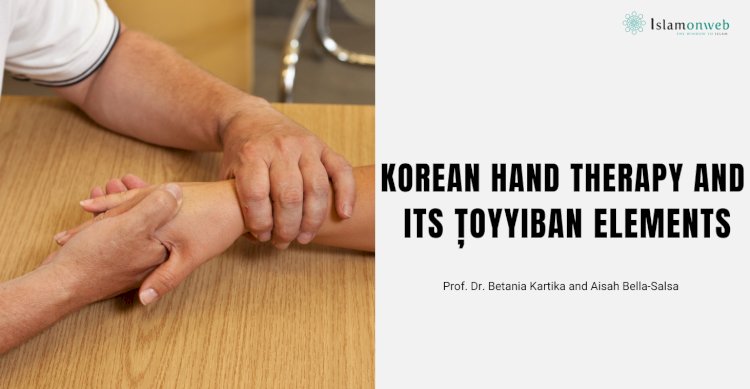





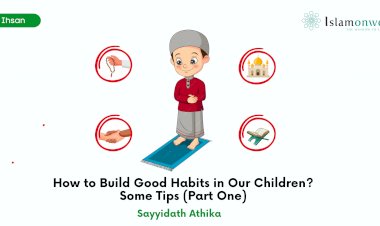


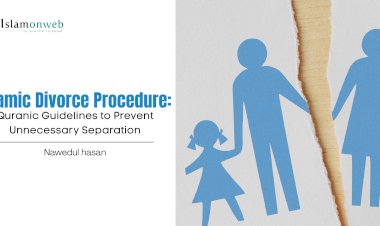














Leave A Comment